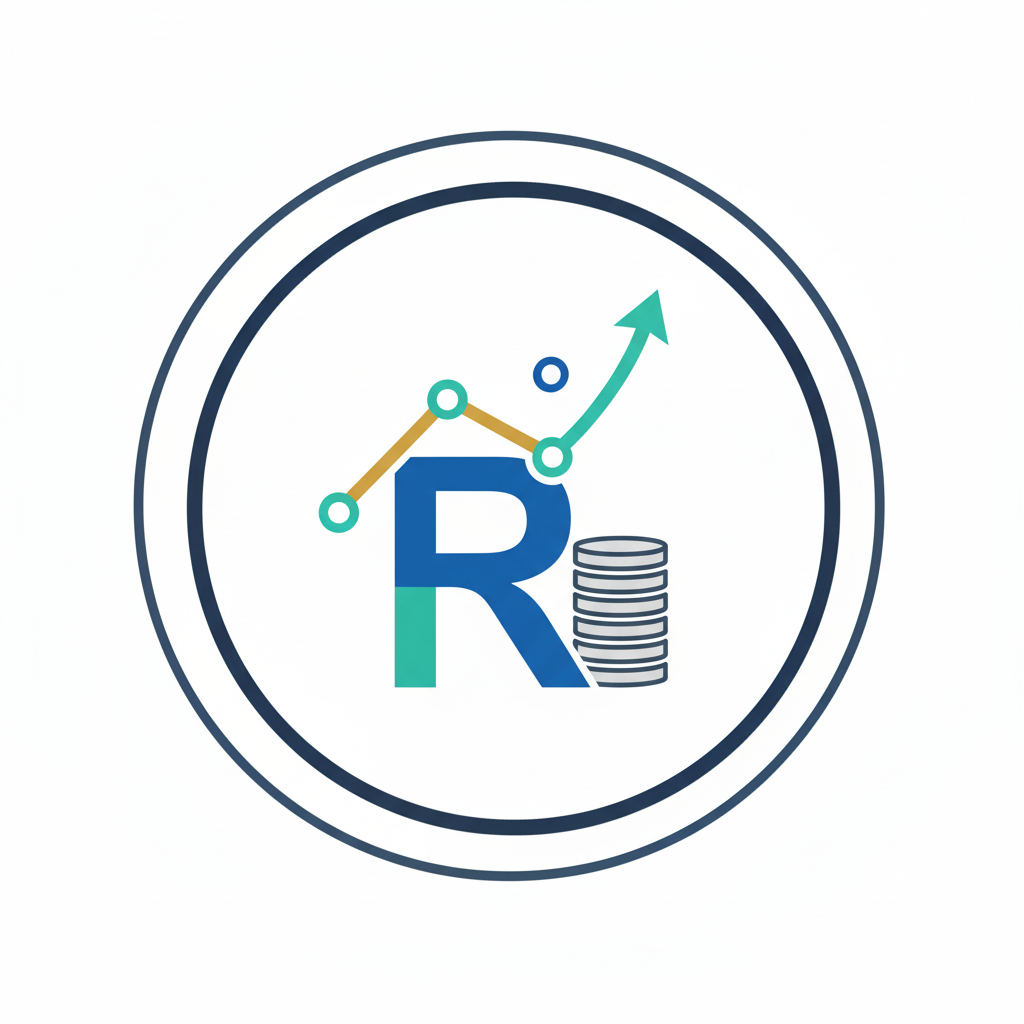Introduction
If you run an SME in South Africa, here’s the thing: more data and more tools haven’t automatically made decision-making easier. What they’ve often created is a mess of spreadsheets, half-connected systems, and a daily grind of manual checks that distract from growing the business. Enter the Workbalance AI Platform — a practical way to unify data, automate routine work, and surface insights that help you make better choices faster.
Imagine Katlego, a BI lead at a local distributor, being pulled in three directions: sales want faster reports, operations complain about stockouts, and finance needs accurate forecasting for cashflow. Meanwhile, the business owner wants to stop firefighting and get back to strategy. That’s the everyday reality for many South African SMEs: fragmented systems, stretched teams, and limited time for experimentation.
In this article you’ll learn:
- Why a focused AI platform like Workbalance can deliver measurable wins without ballooning complexity
- Three practical “90-day” projects that create immediate value
- Real objections (cost, governance, integration) and how to navigate them
- How to measure success and scale responsibly
We’ll share what we’ve noticed in the field, a short case-style anecdote, and clear next steps you can take. Let’s move from theory to a roadmap you can act on.
Why the Workbalance AI Platform makes sense for South African SMEs
Many SMEs assume AI is only for large corporations. That’s a misconception — but let’s be honest, not every AI project succeeds. The key is focusing on problems where automation and simple, unified analytics change outcomes quickly.
What we’ve noticed in the industry is this: smaller teams win when they pick one or two operational pain points, integrate the right data, and automate the repetitive parts of workflows.
For example:
- A micro-retailer who had no central inventory view implemented automated reorder triggers and reduced lost-sales events within two months.
- A small financial services team unified customer and transaction data, enabling a weekly dashboard that identified anomalous cash flows faster.
Why Workbalance fits
- It’s built for integration-first scenarios (connect the systems you already have).
- It focuses on low-friction automation and decision support, not experimental research projects.
- It supports staged delivery models (trial, proof-of-value, then scale) — which matters when budget and risk tolerance are tight.
Three practical wins you can implement in 90 days:
If you want to prove value quickly, try one of these projects. Each is designed to be small, measurable, and repeatable.
01 | Automate critical workflows (low-code rules + alerts)
- Example: Automated reorder for fast-moving SKUs with safety-stock logic.
- Why it works: Removes manual checking, cuts stockouts, and reduces ordering errors.
- Quick metrics: fewer stockouts, reduced emergency freight costs, time saved for the operations manager.
02 | Build a single executive dashboard for weekly decisions
- What to pull together: sales, cash, stock levels, and one customer metric.
- Why it works: One view replaces multiple reports and speeds up the decision loop.
- Quick metrics: reduced time to prepare reports, faster decision cycles, fewer ad-hoc data requests.
03 | Implement an AI-powered knowledge base for common customer queries
- Example: Enable automated responses for order status, returns and opening hours, with easy escalation to a human agent.
- Why it works: Reduces incoming tickets and frees the team to handle complex issues.
- Quick metrics: ticket volume reduction, faster resolution times, customer satisfaction improvement.
Execution checklist (short and practical)
- Define the business question and success metric before integration starts.
- Identify the minimal dataset needed — don’t over-engineer.
- Use an iterative delivery model: pilot → measure → expand.
- Assign a single owner who’s accountable for the outcome (not just the tech).
Addressing the common objections: Cost, Complexity and Governance
Question:
Will this be expensive and disruptive?
Answer:
Not necessarily.
Here’s how to think about it:
- Start with a proof-of-value that targets a clear ROI: e.g., reduce stockouts by X% or cut manual report time by Y hours/week.
- Choose delivery models that match your risk appetite (time-and-materials, turnkey, or shared-risk pilots).
- Use pre-built connectors and low-code automation to limit custom development.
Question:
Can we trust the data and keep control?
Answer:
- Governance is a must. Simple controls early on reduce long-term headaches.
- Keep sensitive data encrypted, limit access with role-based permissions, and log changes.
- Governance doesn’t mean paralysis — it means sensible guardrails so automation is safe and auditable.
Question:
Will my team adopt it?
Answer:
- Change management is often sidelined, but it’s critical. Start with clear user benefits, short training sessions, and early “wins” that demonstrate time saved.
- Involve end-users in the pilot so the solution is built for them, not imposed on them.
A practical note:
When I’ve worked with teams that resist change, framing the project as “we’re reducing the tasks you hate so you can focus on the work you were hired for” wins more hearts than technical arguments.
How to measure success and scale responsibly
Success isn’t “AI deployed” — success is measurable improvement in a business metric.
Suggested KPIs for early projects

Operational
- Stockout rate
- Order fulfillment time
- Average handling time for tickets

Financial
- Cost-per-order
- Emergency logistics spend
- Change in margin

Productivity
- Hours saved per week
- Number of manual reconciliations eliminated

Adoption
- Percentage of users who use the new dashboard or automation weekly
Scaling principles
- Bake in measurement from day one. If you can’t measure it, pause and refine.
- Standardize integrations so new data sources are added easily.
- Maintain a governance board that includes business, IT, and compliance perspectives.
- Iterate: expand the initial use case horizontally (other products, regions) before attempting broad architectural changes.
Focus on measurable, small wins. They compound faster than massive, unfocused projects.
Conclusion
If you’re running an SME in South Africa, the right approach isn’t to chase shiny AI experiments — it’s to focus on the everyday problems that hold your business back. Workbalance AI Platform is not a magic wand, but when used as an integration-first, outcome-focused tool it can turn fragmented data and repetitive work into predictable improvements: fewer stockouts, faster decisions, and more time for strategy.
Here’s a final question to leave you with: what single process that takes you hours each week would you be happy to never do again? Start there. If you’d like a guided, no-pressure walkthrough tailored to that exact pain point, Book a 30 minute demo https://cal.com/modernmanagement/ and we’ll map a 90-day plan together.



